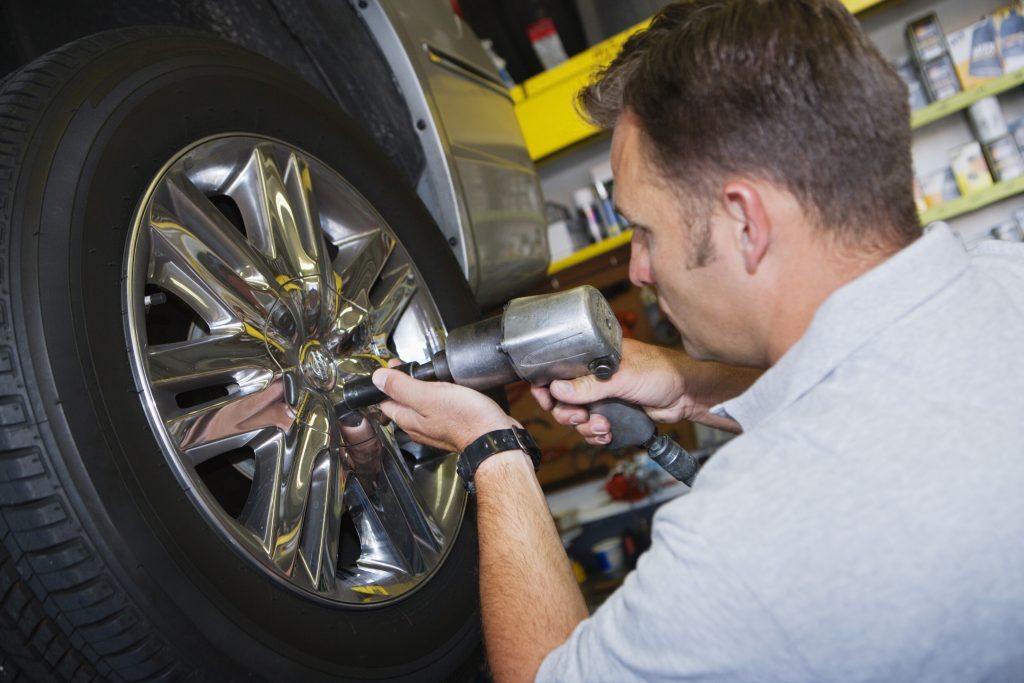
The invention of cars has paved the way to increase existing knowledge of engines and control systems. At the time, state-of-the-art engineering was poured onto the first car’s design to run on steam power while carrying its weight and its passengers’. Such ingenuity can be attributed to the various mechanisms that make up our vehicles up to this day. One of the systems that connect the main body to the wheels (enabling relative motion) is none other than the vehicle’s suspension system.The suspension system accomplishes its function through different springs, linkages, and shock absorbers which enable the engine to transmit circular force onto its wheels. A correct compromise must be found to adjust the road surface handling and the ability to insulate undulations. Aside from road handling, the system must also ensure that the tires are always in contact with the road to even out ground forces acting on the vehicle. The suspension system is mainly implemented to protect the passengers and luggage from accidents caused by vibrations when the tires are moving.
Adjusting the components of the suspension system will enable the vehicle to have added capabilities concerning cargo and insulation. For instance, heavier springs must be used on a car which carries heavy loads to prevent it from collapsing. A lot of calculations are involved in insulating a vehicle’s cargo from its wheels to avoid undulations; factors such as weight transfer of the load during acceleration, cornering, and braking must be carefully considered.
Due to its crucial functions, a faulty suspension system can give rise to several problems which can have an immediate effect on a vehicle’s ride quality. The most common problem is the uneven alignment of the wheels, causing the car’s one side to be lower than the other. The misalignment may be caused by uneven tire pressure, defective tie rods, or a sticking brake caliper. A dysfunctional suspension can also disable the capacity to isolate from road bumps, making the car shake even from the tiniest road imperfections. Worn shock absorbers cause it; these absorbers have special fluids for dampening vibrations. The driver may also find it challenging to perform even essential functions such as steering if the suspension is busted. Even at low speeds, the vehicle tends to slip when steering.
With this information, it is evident that a car’s suspension system is vital to its regular operation. Hence, every car owner must perform specific steps to care for this system, including regular tire rotation every 5,000 miles. Owners must also check tire and spring pressures to ensure that the wheels remain in contact with the road. The car must undergo routine maintenance to prevent further degradation of the car suspension. The maintenance will also check for other conditions that can affect the suspension. Also, make sure that even before your car’s maintenance schedule, you must always be aware of the various signs of suspension problems so that you can attend to the issue right away.

